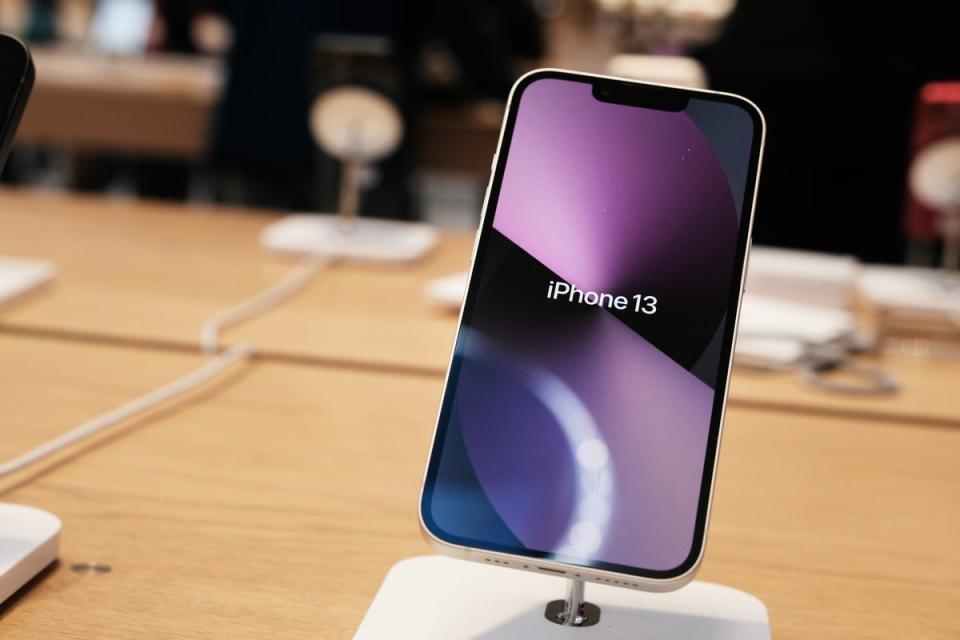All phones must have the same charging plug, EU demands in major change

All phones and tablets must use the same charging ports, the EU has agreed.
A new agreement will force all companies to make USB-C the common charging port on all their smaller electronic devices by Autumn 2024, the EU has announced. Laptops will be required to use the port some time after that.
The ruling will require Apple to redesign the iPhone, and force it to drop the Lightning cable that has been used on its devices for 10 years. Most Android phones already use a USB-C port to charge up.
The EU has argued that the various charging ports used by different companies encourages electronic waste and leads to confusion for customers.
But companies including Apple have argued that having flexibility in what charging ports to include in their devices allows for better performance. Apple’s Lightning cable is smaller than the standard USB-C plug, for instance.
Apple’s resistance to the plug may be weakening, however, and a recent Bloomberg report suggested that it was working on a USB-C enabled iPhone. It has already switched from Lightning to USB-C in its iPads, as well as its laptops.
And some reports have suggested that Apple intends to do away with the charging plug entirely, instead encouraging users to power their devices through wireless charging.
The EU said that it will bring in new rulings intended to standardise those wireless charging technologies in the future.
The new agreement will be formally approved by the EU’s parliament and council after the summer recess, and it will then published in the EU’s official journal. It will go into effect 20 days later, and the rules will then apply after 24 months.
Devices that are first sold before Autumn 2024 will not have to comply with the new rules.

 Yahoo Finance
Yahoo Finance 